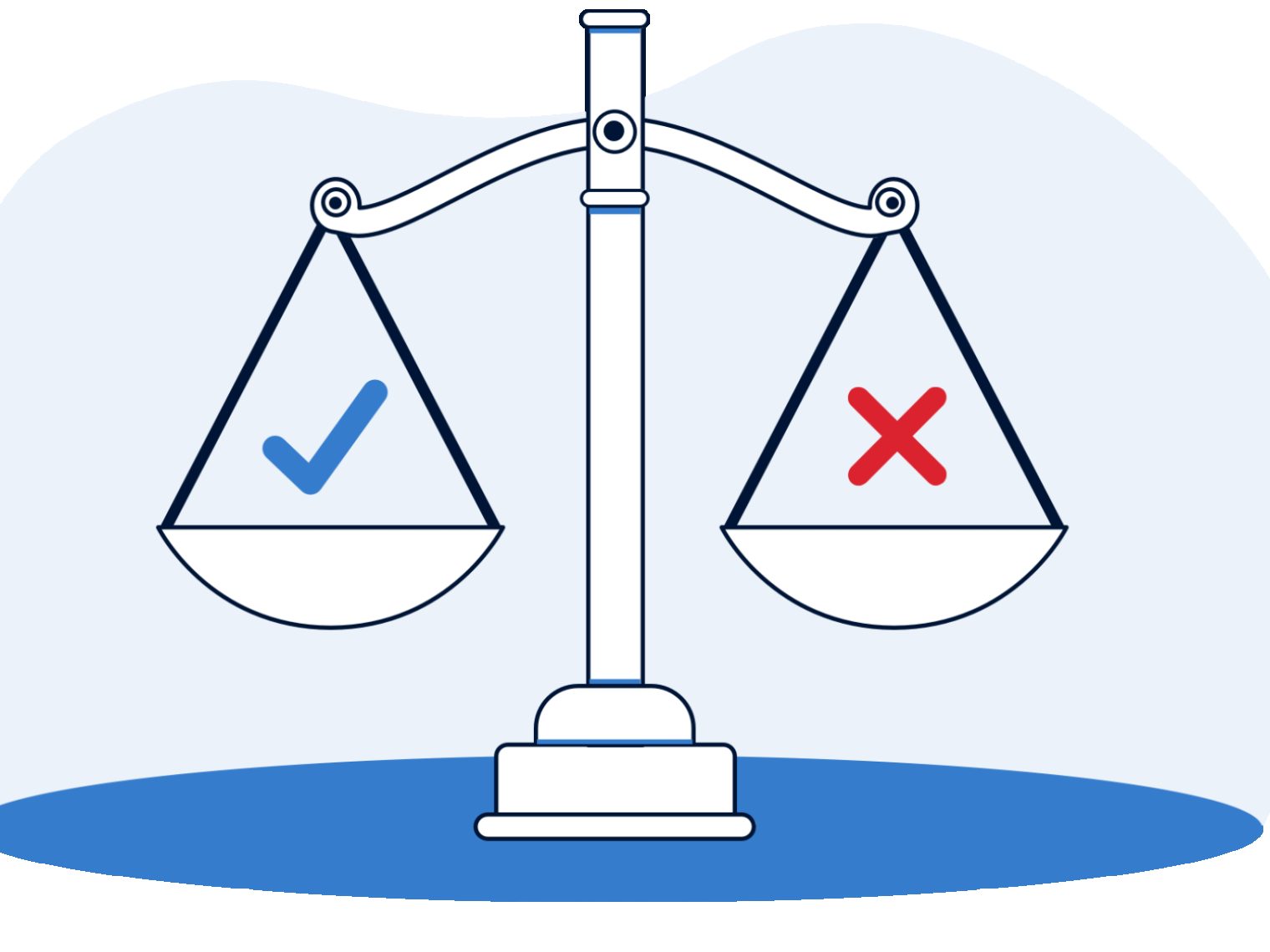New Veteran homeowners often get flooded with refinance offers, even during the first year of their loan.
Some of these might be legitimate opportunities to improve your financial situation. But many others are “too good to be true” advertisements that hide or downplay the disadvantages. It can be tough to tell the difference between the two.
Your best bet is to run any refinance offer you receive from your loan team for Veterans United homeowners. They can help you dig into the fine print and separate fact from fiction.
But there are some general warning signs to watch for in any refinance offer.
Here’s a look at five of the most common red flags:
Solicitations in the First Six Months
Newer regulations in VA lending established a required “seasoning” period before a loan can be refinanced using the benefit. Typically, VA homeowners must be at least 210 days beyond the first payment due date of their original loan and have made at least six monthly payments in order to close on a refinance.
The odds are if you’re refinancing within the first seven months of your loan term, it isn’t with a VA loan.
Super Low-Interest Rates
Spotting these has become more difficult with rates at modern-day lows, but homeowners should be wary of ultra-low interest rates. Super low rates often signal you’re getting a riskier adjustable-rate mortgage (ARM).
With adjustable-rate loans, you’ll have a fixed interest rate for a set time before your rate becomes adjustable, meaning it can go up or down every year. Government-backed ARMs come with interest rate caps, but you could still wind up with a considerably higher rate than where you started – with a higher monthly mortgage payment to match.
No Closing Costs
There are always closing costs when securing a home loan. The question is: Who’s paying for them? In some cases, the lender might be willing to eat these costs as a service to the customer. But that isn’t terribly common, especially with offers from anyone other than your current lender or loan servicer.
What’s more common is that the lender stuffs a bunch of costs and fees into your loan amount, which swells your loan balance and limits the refinance’s financial benefit. Read the fine print carefully regarding costs and fees associated with a new loan, and shop around if you’re seriously considering any offer.
Comparing rates, costs and terms is essential when evaluating unsolicited refinance offers.
Skipping Payments
As you likely know from your purchase loan, when you close on a new home loan, your first payment isn’t typically due on the first of the next month – it’s typically the month after. For example, if you close in mid-May, your first mortgage payment is usually due on July 1.
The same is true when you’re refinancing. But you don’t actually skip out on making a payment. You’re just paying this money later, because mortgages are paid in arrears, meaning your monthly payments cover the previous month, not the current one.
Watch out for refinancing offers that tout your ability to skip payments. This isn’t a real benefit or net gain, and the VA actually prohibits lenders from advertising skipped payments as a way to grab cash on a VA Streamline refinance.
Obscuring Who’s Behind the Offer
Some refinance offers will make it seem like the solicitation is coming from your current mortgage lender or servicer. They might reference your lender by name and try to obscure who’s actually making the offer.
Any legitimate mortgage offer should include identifying information about the lender, including what’s known as their Nationwide Mortgage Licensing System (NMLS) number. For example, Veterans United’s NMLS number is 1907, and we will not send you offers or documentation without it.
If you don’t see NMLS 1907, then whatever you received didn’t come from us.
To check who’s behind an offer, you can verify their NMLS number at https://nmlsconsumeraccess.org.
Government Logos or Insignias
The government backs VA loans, but private lenders like Veterans United actually make these loans
The Department of Veterans Affairs doesn’t make loans or endorse lenders, so watch for refinancing offers that mimic government documents and insignia or use government-sounding terminology.
To be sure, there are legit refinance offers out there that could potentially save you money. The key is knowing how to weed out the bad ones that might put you in a worse financial position.
Talk with a lender you trust to help walk you through the fine print and pros and cons of any refinance you receive. Don’t be afraid to ask questions and do some comparison shopping to make sure you’re getting the best deal possible.
When in doubt, you can even reach out to the VA loan program directly for assistance at 1-877-827-3702.
Related Posts
-
 VA Renovation Loans for Home ImprovementVA rehab and renovation loans are the VA's answer to an aging housing market in the United States. Here we dive into this unique loan type and the potential downsides accompanying them.
VA Renovation Loans for Home ImprovementVA rehab and renovation loans are the VA's answer to an aging housing market in the United States. Here we dive into this unique loan type and the potential downsides accompanying them. -
 Pros and Cons of VA LoansAs with any mortgage option, VA loans have pros and cons that you should be aware of before making a final decision. So let's take a closer look.
Pros and Cons of VA LoansAs with any mortgage option, VA loans have pros and cons that you should be aware of before making a final decision. So let's take a closer look.
